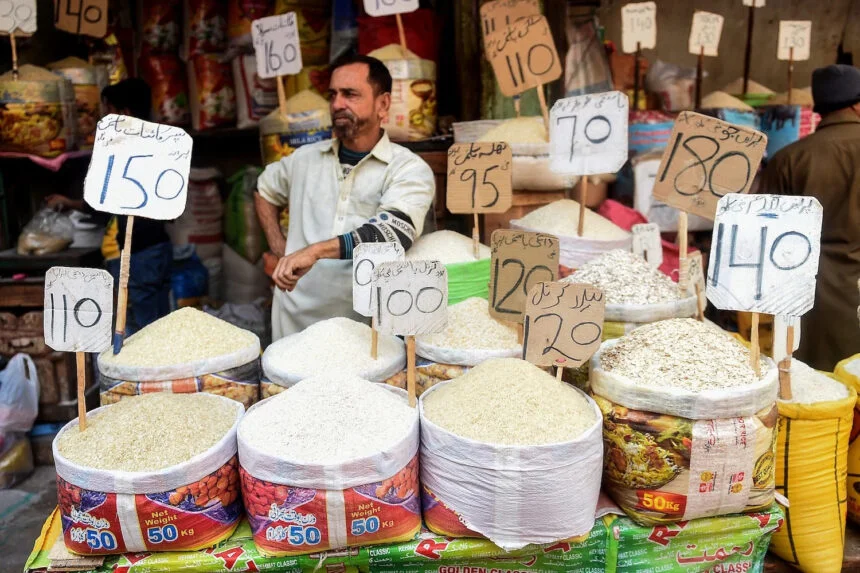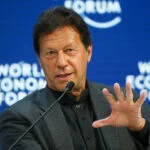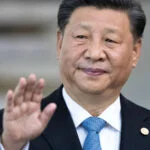The consumer price index (CPI) for Pakistan increased 31.5% year over year in February, according to the statistics office, the highest yearly rate in almost 50 years due to a 45% increase in food, beverage, and transportation costs.
According to data released on Wednesday by the Pakistan Bureau of Statistics, monthly inflation, as determined by a basket of goods known as the Consumer Price Index (CPI), increased to 31.6% in February from the previous year.
A simple reading of the inflation bulletin highlighted how unpleasant life had become for the average Pakistani, as virtually any consumer commodity had not seen a recent increase in price. A day before an urgent Monetary Policy Committee meeting, the PBS made its readings public.
The discussion at the meeting focused on the International Monetary Fund’s (IMF) recommendations to increase interest rates. Raising interest rates is one of the four unresolved obstacles preventing Pakistan and the IMF from reaching a staff-level agreement.
The government enacted a supplemental measure in February raising the goods and services tax from 17 to 18 % to generate an additional 170 billion rupees ($639 million) in income for the current fiscal year, which ends in July.
As it negotiates an agreement with the International Monetary Fund (IMF) to secure a finance package worth more than $1 billion, the government is squeezing its budget, trying to improve tax revenues, and allowing the rupee to weaken.
On Wednesday, the rupee lost 1.7% of what it was worth versus the dollar and ended the day at 266.11 to the dollar. At the beginning of the year, the rupee lost nearly 15% of its value, which increased inflation.
The research firm Arif Habib Ltd. claims that this was the highest yearly rate since there have been records, or since July 1965. It is also anticipated that this rate will continue to grow shortly.
Lakson Investments’ chief investment officer, Mustafa Pasha, stated: “Inflation is expected to continue rising in the months ahead as IMF-mandated structural adjustments and currency devaluation filter through the supply chain.”












